In Australia, the use of travelling, slewing and luffing stackers and bucketwheel reclaimers, is common for stockpile management. These machines are generally selected due to their capacity to handle large throughputs, flexibility for stockpiling operations, operational efficiency and ability to be fully automated.
Typically, key machine performance considerations include:
- The ability to manage product blending / segregation in stockpiles (stockpile management).
- Ensuring that the reclaimer operates with minimum spillage and/or dust generation.
- The ability to evenly handle material with a consistent throughput and reliability.
- Maximising the average reclaim rate, while ensuring that the capabilities of downstream systems are not exceeded (e.g. during reclaim peaks).
Today, most new stockyard machines in Australia are fully automated, and many older machines have been retrofitted with modern control systems to achieve full automation. There are often opportunities to improve facility performance through an understanding of the key operating modes for these machines, and the relative strengths and weaknesses of each operating mode. The most common modes of operation for slewing stackers and reclaimers are described as follows:
Stacking Modes
Cone and Cone-Crescent StackingIn this method, the stacker must initially build a short conical pile, before extending the pile length through long travel steps. An initial conical stockpile is created. As the pile is developed, the boom is luffed up progressively, minimising material fall distance to the stockpile to avoid excessive material degradation and dust. The initial cone stockpile is then progressively lengthened through long travel steps. While simple to execute, this method can lead to issues of poor blending and product segregation. Cone-crescent stacking is a variation on cone stacking, whereby instead of an initial conical stockpile, the stacker builds an initial short full-width pile, before extending the pile length through a series of crescent-shaped slew and long travel steps. |
|
Chevron StackingIn this method, the stacker initially builds a narrow, full-length stockpile, before increasing the height/width of the stockpile through repeated full-length long travel movements, adding multiple full-length layers of material. The long travel speed is varied according to belt weigher readings to maintain a constant deposition rate (in terms of t/m along stockpile length). At the end of one long travel movement, the boom is luffed up, before reversing the direction of long travel motion and creating the next chevron layer. This is repeated until a full height stockpile is created. This method is preferred when blending is required. |
|
Chevron-Ply StackingChevron-Ply stacking is a variation on Chevron stacking, whereby a series of additional material strata or ply’s are deposited by slewing the boom inwards, and performing full length long travel motions. This method is preferred when blending is required. |
|
Reclaim Modes
Slew Terrace ReclaimingIn this method, the stockpile is reclaimed in a series of layers, often referred as terraces or benches. The machine reclaims from the stockpile in a series of slewing arcs, indexing forwards through the stockpile in the long travel direction. Upon reaching the end of the stockpile it may either begin reclaiming in the opposite direction or be reversed to the original start position to commence the next bench. |
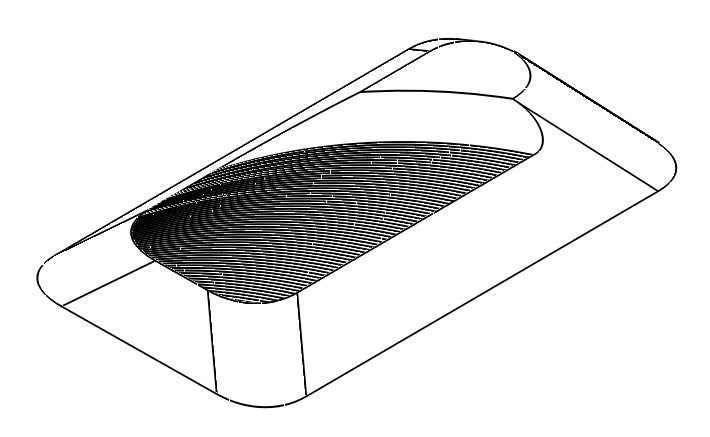 |
Pilgrim Step ReclaimingIn this method material is reclaimed via a series of advancing terrace cuts. After the top bench has been partially reclaimed to a set distance the next bench is commenced. The subsequent intermittent benches must end prior to the bench above to prevent material slump and collapse of the digging wall. This approach offers greater flexibility in stockyard space management and can avoid some material segregation issues, at the expense of a very small drop in reclaim efficiency. |
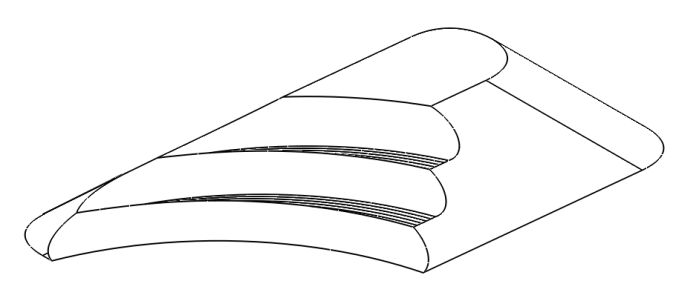 |
Waltz Step ReclaimingWaltz step reclaiming (named after the dance!) is a variation on either slew terrace or pilgrim step methods. For waltz step operation, a number of slew cuts are made whereby the slew range is restricted to keep the bucketwheel embedded within the stockpile. After a set number of cuts of this fashion (typically 2-4) a full range slew cut is performed to reclaim material left behind on previous cuts. The net result is less time wastage and greater utilisation of the bucket wheel. |
 |
Long Travel Terrace ReclaimingIn a similar fashion to slew terrace reclaiming, the stockpile is reclaimed in a series of terraces or benches. However, instead of slewing arcs, the machine reclaims each bench in a series of long travel trenches. This requires the bucketwheel to be aligned at a greater angle to the main boom structure, and as a result, a non-standard arrangement of the machine is typically required. While this mode of reclaiming is less common, it does offer substantial advantages, such as high average reclaim rates/efficiencies, as the number of individual cuts is typically reduced (particularly for long stockpiles). Stockpile management, blending and material segregation control can be more difficult with this approach however. |
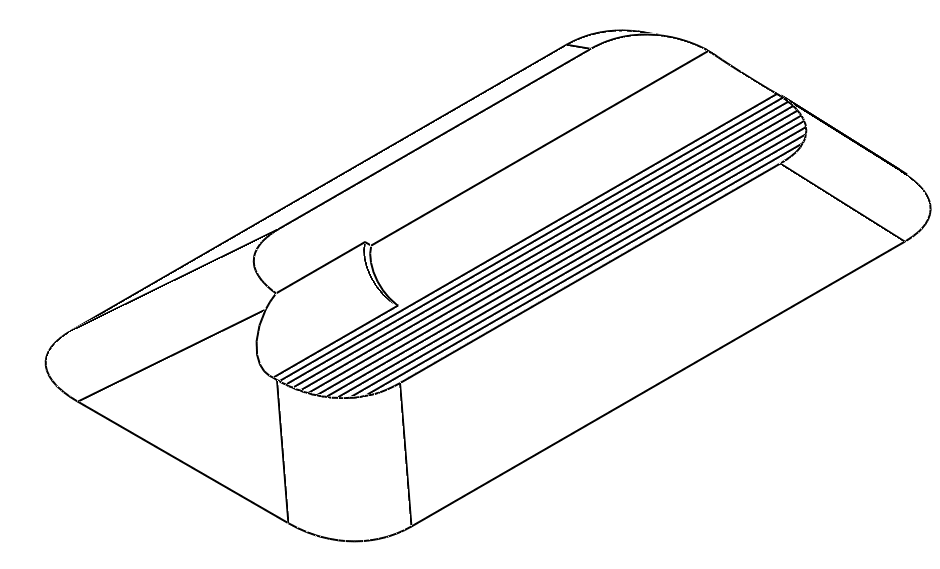 |
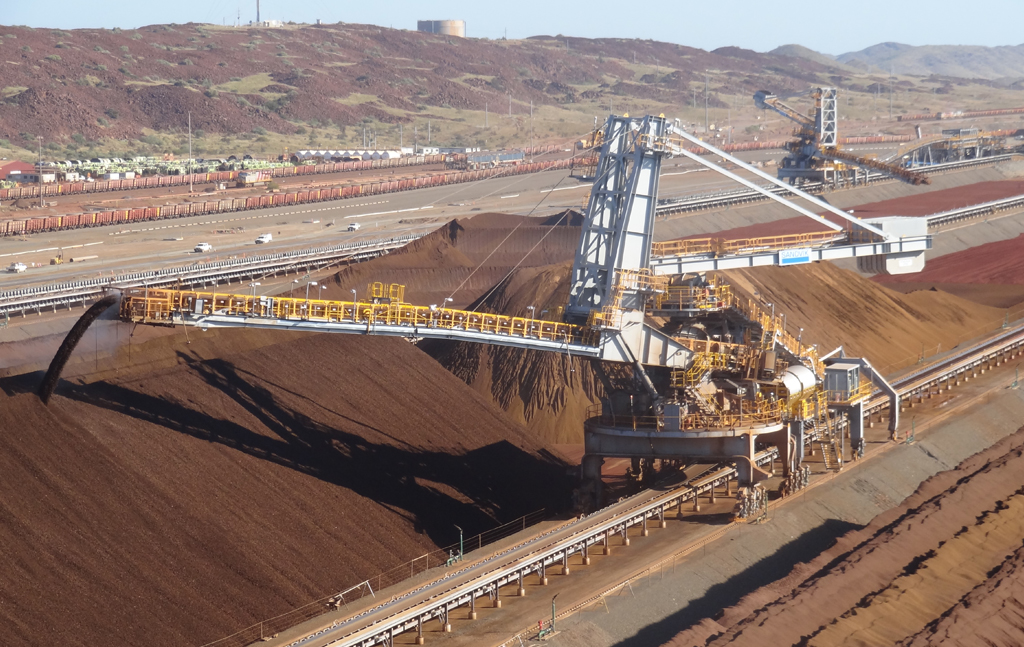
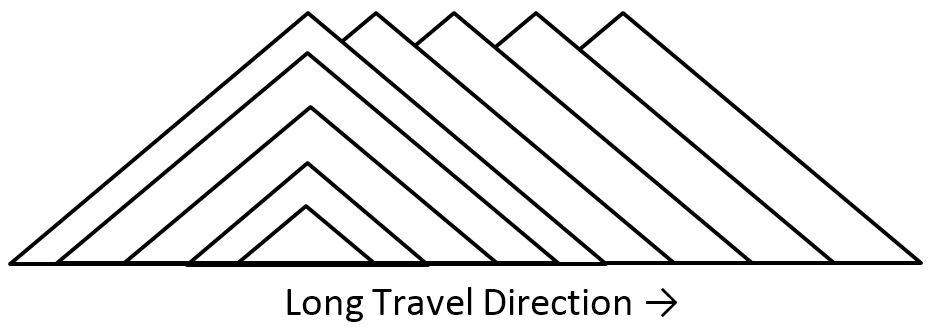 Typical Section Along Stockpile
Typical Section Along Stockpile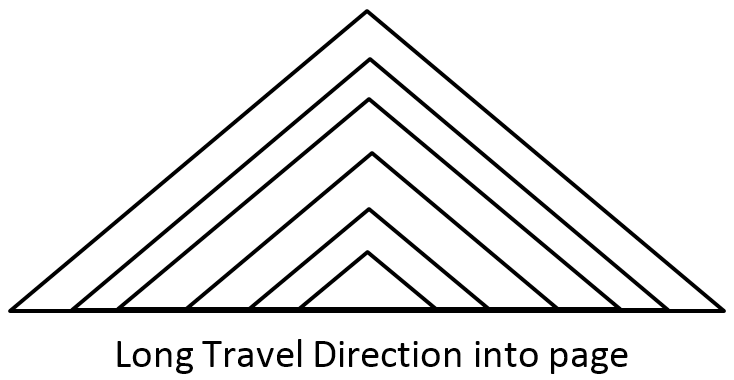 Typical Cross Section Across Stockpile
Typical Cross Section Across Stockpile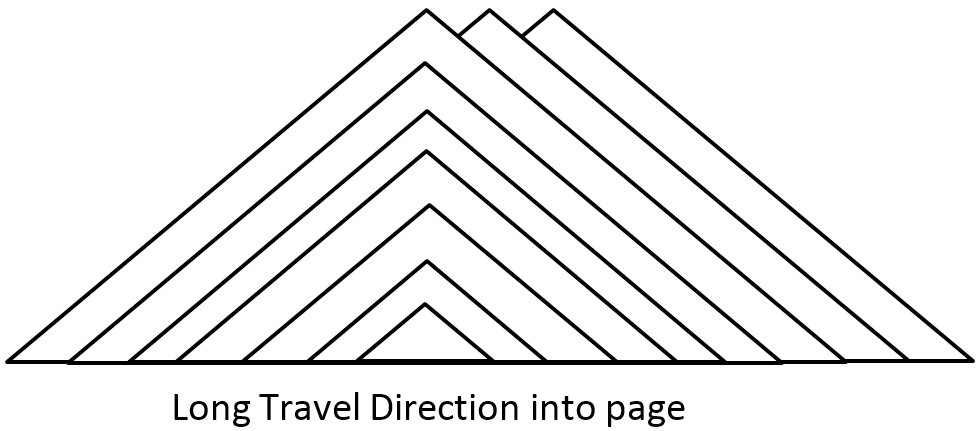 Typical Cross Section Across Pile
Typical Cross Section Across Pile